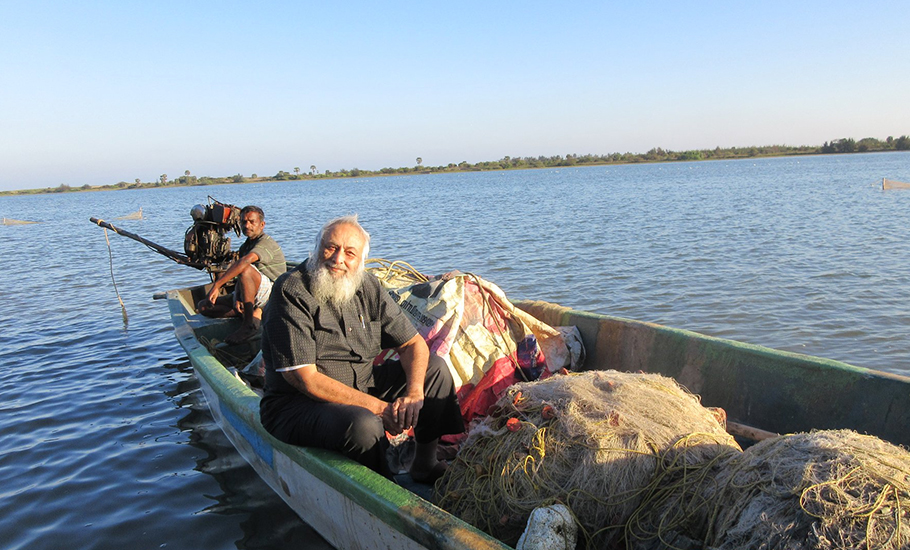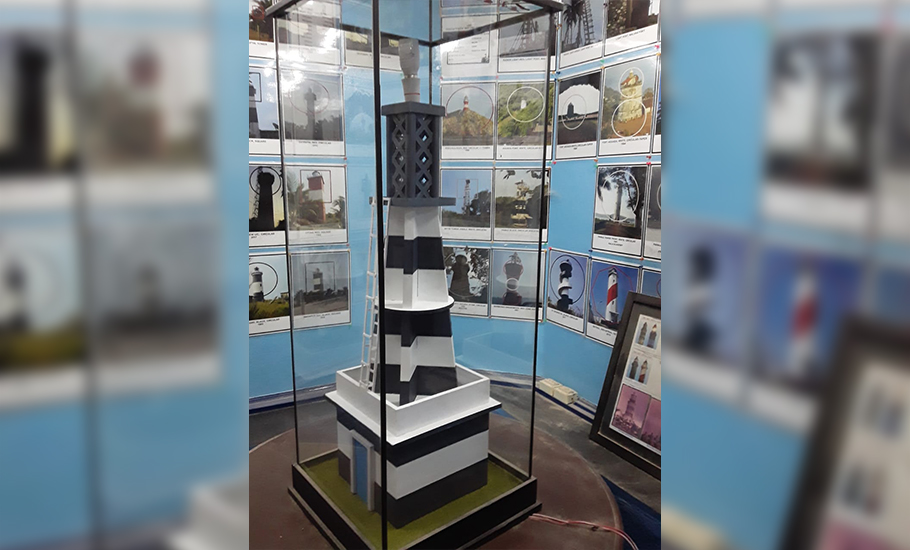
- Home
- India
- World
- Premium
- THE FEDERAL SPECIAL
- Analysis
- States
- Perspective
- Videos
- Sports
- Education
- Entertainment
- Elections
- Features
- Health
- Business
- Series
- In memoriam: Sheikh Mujibur Rahman
- Bishnoi's Men
- NEET TANGLE
- Economy Series
- Earth Day
- Kashmir’s Frozen Turbulence
- India@75
- The legend of Ramjanmabhoomi
- Liberalisation@30
- How to tame a dragon
- Celebrating biodiversity
- Farm Matters
- 50 days of solitude
- Bringing Migrants Home
- Budget 2020
- Jharkhand Votes
- The Federal Investigates
- The Federal Impact
- Vanishing Sand
- Gandhi @ 150
- Andhra Today
- Field report
- Operation Gulmarg
- Pandemic @1 Mn in India
- The Federal Year-End
- The Zero Year
- Science
- Brand studio
- Newsletter
- Elections 2024
- Events
- Home
- IndiaIndia
- World
- Analysis
- StatesStates
- PerspectivePerspective
- VideosVideos
- Sports
- Education
- Entertainment
- ElectionsElections
- Features
- Health
- BusinessBusiness
- Premium
- Loading...
Premium - Events

The old man and the sea and his maritime museum

D Hemchandra Rao has been travelling from one lighthouse to the other in various parts of India since 2015, a year after his wife’s demise in 2014. In 2018, Rao converted his house in Chennai’s Virugambakkam into a maritime museum, with the photographs of more than 200 lighthouses and models of ancient boats and ships that he had collected during his travels since his retirement...
D Hemchandra Rao has been travelling from one lighthouse to the other in various parts of India since 2015, a year after his wife’s demise in 2014. In 2018, Rao converted his house in Chennai’s Virugambakkam into a maritime museum, with the photographs of more than 200 lighthouses and models of ancient boats and ships that he had collected during his travels since his retirement from service.
But it wasn’t always smooth sailing for Rao. His house was flooded during the rains in Chennai in 2021. Many photographs of the lighthouses were damaged. And then came the pandemic and the Covid-induced restrictions one after the other.
Despite the hardships, the 83-year-old civil engineer-turned-heritage enthusiast has converted the misfortunes into symbols of possibilities. A month ago, he renovated the museum, with laminated photographs of more than 220 lighthouses across the country. “Since I was not travelling due to the pandemic-imposed restrictions, I got enough time to do the restoration work of my museum. My house was one of the oldest in the area, built in the 1980s. The height of the road gradually increased over the years and water would enter the house during rains. I have now increased the height of the surrounding platform so that water will not enter,” says Rao. The renovated Maritime Heritage Museum in Elango Nagar (Annexe), Virugambakkam, will reopen on April 20.
The 83-year-old is passionate about his museum, which according to him, is a storehouse of information about lighthouses, ships and maritime journeys. “I have got the photographs of around 220 lighthouses laminated so that they would stay forever. Each lighthouse is unique. So, a brief description about each has been displayed,” he says.

The museum among others displays a huge collection of boat replicas, such as brass boats, popular Kerala boathouses, and a 16-foot-long wooden boat, which is believed to be a replica of one of the boats that plied the Buckingham Canal in the 1870s. “I have limited the restoration only to the lighthouse section. I will do the rest later,” he adds.
Rao has visited more than 220 lighthouses, including the non-functional ones, in India since 2015. It was with his friend and editor of the Mylapore Times, Vincent D Souza, who Rao travelled with to most of these lighthouses.
For him, maritime heritage refers to any watercraft vehicles such as catamarans, boats, and ships that ply over rivers, lakes, and seas. Since he was not able to undertake the expensive maritime explorations alone, he decided to document the lighthouses, once a main source of maritime interactions. “I love ships. Lighthouse is an important thing that guides ships. I am not able to set off on a voyage. So, I decided to travel along the coast in search of lighthouses. There is a misunderstanding about maritime, which is not limited to sailing in the sea alone. So in the museum, I included our ancient Kattumaram as well. My aim is to convey everything related to the ships. Even a label of a ship in a liquor bottle matters,” he says.
Each lighthouse, according to Rao, has a geometrical shape. “I am fascinated by the structure. They tell us unending stories of the maritime interactions. With advancement in technology, lighthouses might have lost their significance. But they still remain a guide to the poor fishermen,” he says.

Born in Kerala’s Ernakulam in 1939, Rao’s parents moved to Madras in the early 1940s where he got his early education. He did his civil engineering at the Birla Institute of Technology, Ranchi. “I was interested in ships and stamps as a child. As I grew up, the level of fascination increased. My journeys in search of the lighthouses and eventually the museum are the results of my curiosity. I will keep on updating the museum to create awareness among people about maritime history,” says Rao, who is the author of Madras Exchange LightHouse.
As part of the restoration plan, Rao has started creating models of his favourite lighthouses. “This was a new idea. Someone wanted to try making the model of a lighthouse. I said fine. I will give him directions on how to make it. Now, we have at least 20 models of lighthouses. I don’t know whether I will be able to accommodate all the 220 lighthouses in the hall, but I will continue it as the models give a clearer idea of the lighthouse than the photographs,” says Rao. The making of the models of lighthouses obtains significance. So far, Rao was documenting the lighthouses through photographs, but making the model of each provides an idea of its physical presence. “At the museum, each lighthouse should be self-explanatory, and that’s why I am making the models of each,” he adds.
A lighthouse is a tower, building, or other type of structure designed to emit light from a system of lamps and lenses and used as an aid to navigation for mariners and local fisherman. Lighthouses mark dangerous coastlines, hazardous shoals, reefs, and safe entries to harbours. The Directorate General of Lighthouses and Lightships is a subordinate office under the Ministry of Ports, Shipping and Waterways. It provides general aid to marine navigation along the Indian coast. The directorate says it maintains 194 lighthouses along the coastline and islands of Indian waters. However, there are many abandoned and non-functioning ones as well. The lighthouse in Jafrabad in Gujarat and the new one in Tuticorin are Rao’s favourites.

Lighthouses are generally made out of brick or concrete or iron. “The Ruvapari lighthouse in Bhavnagar (Gujarat) is made of wood. There are cast iron lighthouses at Indira Point (Andaman Nicobar Islands), Suheli Par (Lakshadweep island), Luhara Point (Gujarat). The more popular building materials, the ones that have withstood the test of time are brick, iron, and even reinforced concrete Established in 1838, False Point Lighthouse near Paradeep in Odisha is the oldest lighthouse in the country,” says the website of the Director General of Lighthouses and Lightships. Rao is happy that he could renovate the lighthouse section of his maritime museum.
“I wish the museum could be useful for more people in the coming years. I will keep on updating it to serve them better,” he says.
